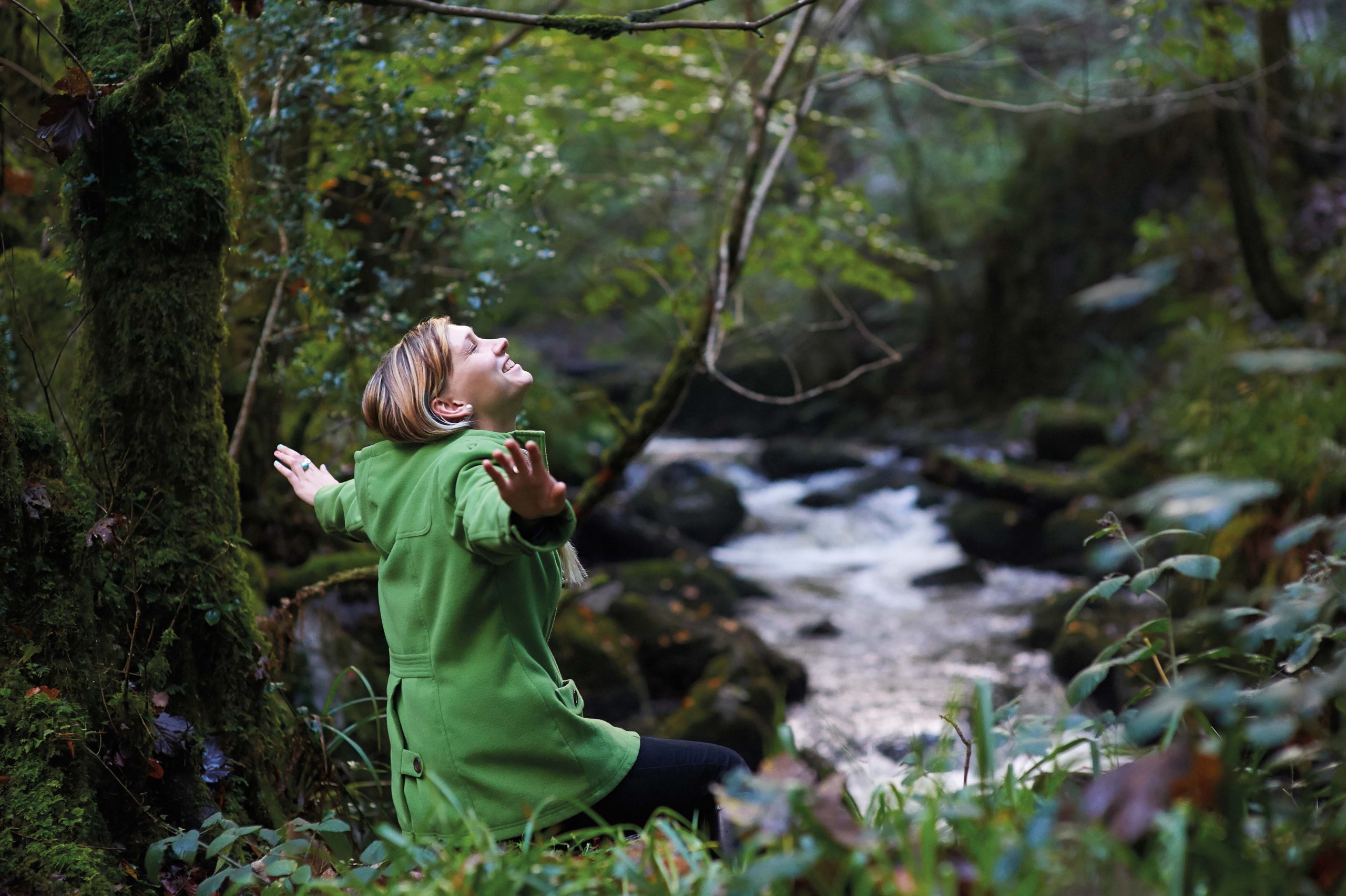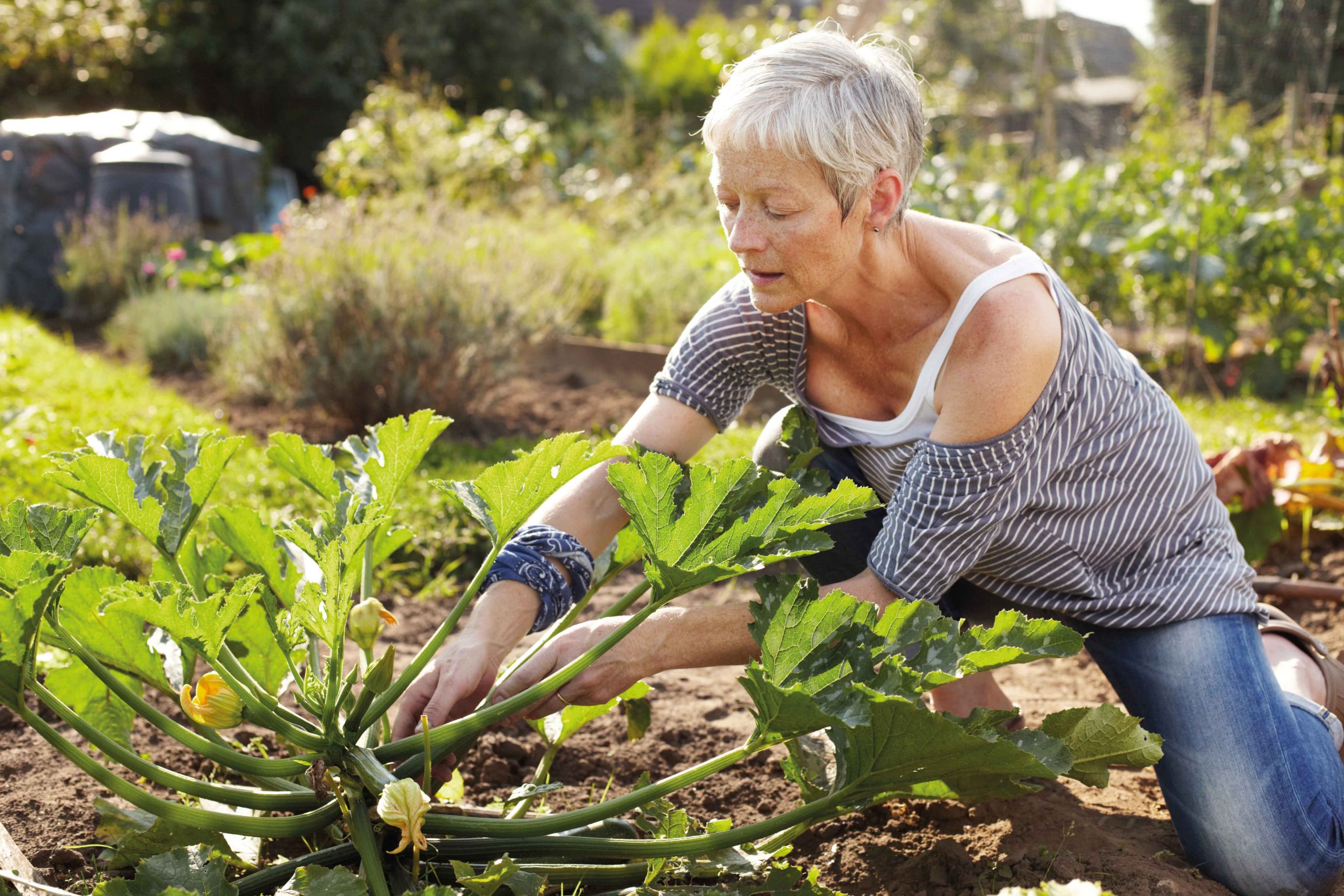Author Melinda Salisbury shares why right now isn’t the time for huge, sweeping changes or resolutions, but instead offers some gentle alternatives to revive your soul and set a positive tone for the rest of the year…
So here we are. January. The festive season has passed, leaving dark days and darker nights. It’s possible that guilt about overspending, overeating and overdoing it during the festive season is creeping in.
Then there’s the pressure to begin reinventing yourself. To cast off your vices and become healthier, thinner, more successful, wealthier, more worthy of love, more appealing to get followers and likes. All of these things you’re told are what you need, what you have to become, if you want to be happy.
You’ll notice all of the things don’t factor in the natural world at all. At a time when the natural world is still regrouping and gathering its strength, you’re punishing yourself for who you’ve been and pushing yourself to become someone else entirely. You’re trying to force delicate, nascent shoots out of depleted, undernourished soil and they will not thrive.
These dark days are ideal for nurturing and soothing, for resting and recuperating. However, you’re not entering total hibernation. You need to remind yourself there’s life beyond walls and computers. It’s time to begin rewilding yourself.
Top tips for making January happy, healthy and positive…
But in January? Who in their right mind would encourage you to go outside now? January is notoriously bleak. At best rain, at worst snow. But then, perhaps, like me, you can remember when it still snowed fairly regularly in winter. When you wake up earlier than usual because the light is different. Snow light is a luminous thing. It covers the familiar, blurring out the details of the world and making everything anew.
It’s time now to rediscover that love of the outdoors and to bring a little of it into your life, as well as to hibernate when you want comfort and protection.

Bundle up and get outside this winter. Seek signs that it won’t be dark forever.
1. Get outside this January
If you’re feeling eager and it’s possible for you to do so, devote a day, an afternoon, or at least an hour or two to getting outside. Bundle up toddler-style, unable to put your arms at your sides because of the layers of jumpers and scarves and coats, pull a hat over your ears and venture outside.
The sun will be pale, the wind will drag sharp teeth over exposed skin and the ground beneath your feet will be either unyielding or boggy, but none of that matters. What matters is you go and seek signs that it won’t be dark forever.
Look for snowdrops, one of the rare plants to thrive in winter weather; look for the crows and magpies and other birds who still have business to do.

This isn’t about creating a bountiful harvest but about nurturing something – observing the cycles of life.
2. Grow your own fruits and vegetables
This is all about growing things in pots and on windowsills – not about yielding a bountiful harvest to feed you through winter. It’s about nurturing something from seed to plate, watching it grow and change from nothing to something, and observing the unfolding cycles of life.
Think carefully about what you’d like to grow. There are many varieties of vegetables and fruits to try, including hybrids and miniature ones that grow well in pots.
What to grow:
The best and easiest are tomatoes, chillies, radishes, baby carrots, spring onions, salad greens, microgreens, dwarf beans and peas, basil, chives and rosemary. Also, think about the flavours you love, and visualise yourself growing and caring for the plants, harvesting them and using them in your cooking.
Some of my favourites include Tiny Tims (tomatoes), Tom Thumb dwarf peas, Little Gem lettuces and radishes (avoid daikon ones). Carrots will cheerfully grow in pots; look for smaller varieties such as Baby Chantenays, Parisian heirloom and Little Fingers.
Where to place your plants:
To begin, figure out the direction your windows face, and which rooms gets the best/most light. Tomatoes and herbs like a lot of sun, so a southwest-facing window will please them.
They will need protecting from bright sunlight when they’re little, and if you have them outside on a windowsill or balcony they’ll need protecting from the frost and wind, but small greenhouses or cloches for individual pots are readily and cheaply available, or you can use household jars.
Peas and beans can get tall and will need staking, so vertical space is important if you want to grow those. Lettuces and spinach do well with very little direct sunlight and are best grown in troughs.
As a rule, any fruit or vegetable that grows from a flower will need lots of sun – a south-facing windowsill for example; leafy greens do best in shaded areas and root veg like partial shade. Kale is great for the shaded, container gardener – try Dwarf Blue Curled.

When the cold seeps into your bones, the best thing is a massive bowl of hearty soup.
3. Eat seasonally this January
Though it’s winter, you might be surprised to know there is a huge amount of fresh fruit and vegetables seasonally available. Beetroot (beets), Brussels sprouts, cauliflower, celeriac, chicory, Jerusalem artichokes, kale, kohlrabi, leeks, parsnips, potatoes, salsify, shallots, swede (rutabaga) and turnips are all in season throughout January.
And fruit-wise, you should easily be able to find apples, rhubarb, blood oranges, clementines, kiwi fruit, lemons, oranges, passionfruit, pears, pineapples, pomegranates, satsumas and tangerines.
Try this: Apple, Celeriac and Rosemary Soup
When the cold seeps into your bones, the best thing is a massive bowl of hearty soup. This recipe is full of sweet, warm, nourishing flavours and makes 2-3 generous portions.
Ingredients:
- Vegetable oil 1 tbsp
- Medium-sized yellow or white onion 1, finely chopped
- Garlic clove 1, finely chopped or crushed
- Dried rosemary 1 tsp
- Bay leaf 1
- Hard green apples 250g, cut into small chunks. The sweeter the apples, the sweeter the soup will be.
- Medium-sized celeriac 1 (around 400g), the skin removed and cut into small chunks
- Vegetable stock 2 pints
- Lemon juice 1 tbsp
- Salt and pepper
- Dairy-free crème fraiche 1 tbsp (optional)
- Handful of chopped walnuts (optional)
Method:
- In a large pan, heat the oil, then fry the onion on a medium heat until soft and translucent. Add the garlic, rosemary and the bay leaf, then fry for a further min or two (do not allow the garlic to brown).
- Add the chopped apples and celeriac to the pan and cook gently for 3 mins. Then add the vegetable stock and lemon juice, followed by salt and pepper to taste. Simmer for 40 mins, or until the celeriac and apples are very soft.
- When they are, fish out the bay leaf, then blend the soup to a smooth liquid.
- To serve, stir in 1 tbsp crème fraiche per bowl, and sprinkle with the chopped walnuts. Serve with thick slabs of fresh bread.

Almost everything in nature has a den or a nest to which it can retreat when the weather is foul – and it should be the same for us.
4. Create a cosy cocoon for some ‘me-time’
Create a comfortable, cosy place in your home where you can hide when you need some time to yourself. Almost everything in nature has a den or a nest it can retreat to when the weather is foul, and you should be no different.
To begin, choose a space in your home that you can adapt into a sanctuary – it can be a corner of a bedroom, or even just your bed. The focus isn’t on the physicality of the space, and it doesn’t need to be permanently set up. What you’re trying to create is an immersive experience that both stimulates and soothes, bringing you feelings of relaxation and happiness.
Over time, your mind will start to associate these sensations, smells, tastes and sounds with the feeling of being relaxed and cared for, and you’ll be able to use them to quickly put yourself in a mental state where you are calm and at ease.
Things to include in your cocoon:
- A blanket or throw. I like thick, chunky knits and fake fur and velvets that are lovely and tactile.
- Candles, or a cosy, gentle light or a lamp that emits a warm, soft light.
- Something scented. This could be candles, allowing you to combine light and scent, or incense, wax melts, an oil burner, or even some of your favourite perfume on the blanket or throw.
- Something to eat or drink. Herbal teas are a fast, easy favourite – pick a tea that is unique to the time you’ll spend in your cocoon.
- A soundtrack. I like to use the sound of rain, but you might prefer a crackling fire, a beach, or a playlist of your favourite songs – anything you can put on low in the background to mask the everyday noises outside and in.

5. Look to the stars this January
The first new moon of 2022 comes 18:33 GMT on January 2, making the beginning of the month both celestially and traditionally an excellent time to begin again. A few weeks later, the first full moon of 2022 appears at 23:48 GMT on January 17.
We can also expect the annual Quadrantids meteor shower on January 3 and 4. At its peak, you can expect up to 40 meteors per hour. If you have an app on your phone, such as Star Walk, use it to find the constellation Boötes and keep an eye on it, as the meteors will radiate from there.
 The Way Back Almanac 2022: A Seasonal Guide to Connecting With Nature by Melinda Salisbury (£12.99, Penguin Random House) is out now.
The Way Back Almanac 2022: A Seasonal Guide to Connecting With Nature by Melinda Salisbury (£12.99, Penguin Random House) is out now.







